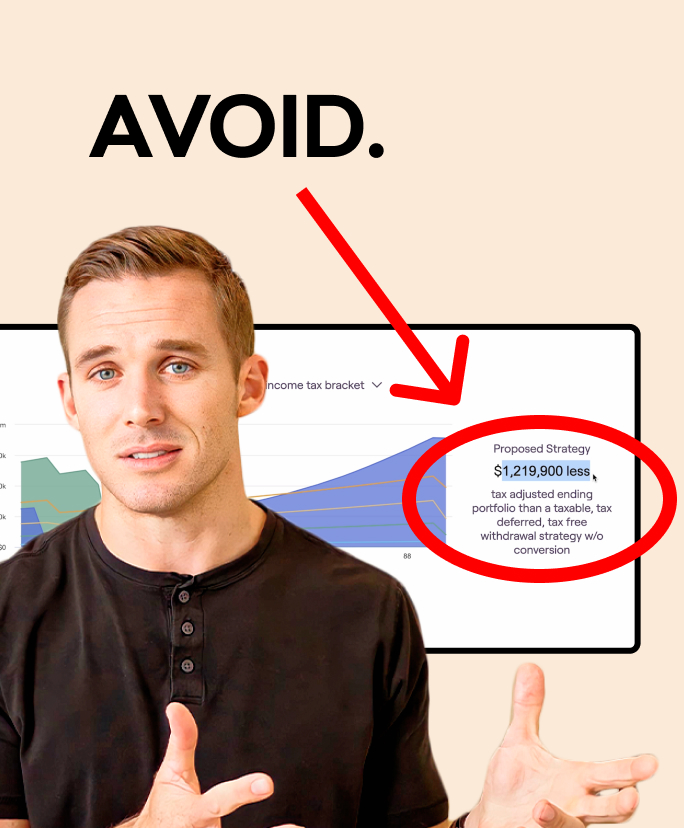I love numbers, but I hate budgeting. I know how important it is, but the traditional methods of budgeting don’t work for me. And I know for many of you, they don’t work either. Here’s a secret though: Budgeting does not have to be complicated, nor does it have to take much time to implement effectively.
In this blog post, I’ll walk you through the simple system my wife and I use, and I’ll show you how anyone can implement this. The best part? Once you have the system in place, it doesn’t take any more than 10 to 15 minutes each month to track and ensure you’re staying with it.
Why Do People Fail at Budgeting?
To start, let’s talk about why people fail at budgeting. To implement the right solution, it’s important to understand the reasons most budgeting systems fail.
Remember back in high school or college when you’d be assigned an essay to write due at the end of the semester? When did you actually get that essay done? Like most of us, you probably completed it the night before it was due. This is known as Parkinson’s Law, which says that work expands to fill the time allotted to it. Similarly, if you give yourself two weeks to fix a leaky faucet, you’ll take two weeks. But if you know family is coming tomorrow, you’ll fix it today.
Parkinson’s Law can be translated to finance to mean: money available is money spent.
Creating Clarity and Constraints
Our minds often trick us into thinking we have more to spend than we actually do. If you have $10,000 coming in each month, your brain might tell you that you have $10,000 to spend. But if you account for recurring expenses like mortgage, car payments, and subscriptions, a significant portion of that income is already spent.
To solve this, you need to:
1. Create Clarity – Understand where your money is actually going.
2. Create Constraints – Limit your available spending money to avoid overspending.
Step-by-Step Guide to Our Budgeting System
Spreadsheet and Categories
We use a very detailed spreadsheet to track our finances, which you can download from the link in the comments. This spreadsheet is divided into three main sections:
– Fixed Monthly Expenses
– Non-Fixed Monthly Expenses
– Discretionary Expenses
Fixed Monthly Expenses
These are the expenses already committed. For example, mortgage or rent, utilities, and subscriptions. In our example, these total $4,650 out of a $10,000 income.
Non-Fixed Monthly Expenses
These include groceries and gas—essential expenses, but ones that can vary month to month. Our example shows $1,050 for these items.
Discretionary Expenses
These are expenses like dining out, entertainment, and personal allowances for my wife and me. These are not necessary but are accounted for in our budget.
Non-Monthly Expenses
Often, budgets break due to unexpected expenses like gifts, vacations, or car repairs. We account for these by estimating annual costs and dividing them by 12 to get a monthly savings target. This way, when a large expense arises, the money has already been saved.
Using Technology for Budgeting
We use an app called EveryDollar to help us budget. Here’s why it’s effective:
– Income Tracking: We log our monthly income.
– Expense Categorization: Our expenses are divided into meaningful categories, ensuring clarity.
– Bank Account Organization: We have several bank accounts for different expenses, making it easy to see how much is left to spend in each category.
– Zero-Based Budgeting: Each dollar is given a purpose, ensuring we don’t overspend.
Final Tips
Upfront Setup
Switching to this system takes some initial work. We had to set up multiple bank accounts and ensure there were no fees for low balances, hence moving to a credit union.
Staying Disciplined
While you can try using credit cards with this system, it’s more challenging to track and save progressively. Debit cards linked to specific accounts offer real-time tracking, simplifying the process.
Enjoy the Simplicity
Once set up, maintaining this system takes us about 10 minutes each month. It’s simple and effective, allowing us to focus on what’s important without stressing over finances.
Knowing where your money is going doesn’t just help today; it helps you plan for the future. If you need to understand how much to save for retirement to support your desired lifestyle, I’ve created a video that walks you through this. Check it out for detailed guidance. Feel free to reach out with any questions or feedback. Happy budgeting!


